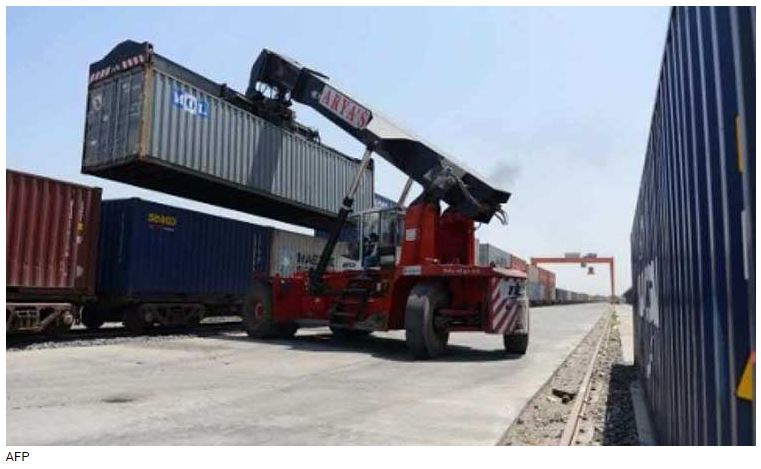Asia-Pacific largest contributor to worldwide PTAs
The Asia-Pacific region continues to be the largest contributor to the worldwide build-up of preferential trade agreements (PTAs), accounting for about half of PTAs worldwide, an ESCAP report said.
The noodle bowl of Asia-Pacific trade agreements is now made up of 333 PTAs with at least one party of the Asia-Pacific, according to ESCAP’s Asia-Pacific Trade and Investment Trends 2022-23.
It said 202 PTAs are in force, 21 are signed and pending ratification, and 96 are still under negotiation.
The report pointed out that the share of Asia-Pacific trade has increased in line with the growing number of PTAs.
By 2021, on average, exports to PTA partners accounted for 48 per cent of the Asia-Pacific region’s exports to the world, and imports from PTA partners amounted to 53 per cent of the total imports.
Trade covered by PTA partners varies considerably across the subregions.
Countries such as Cambodia and Bangladesh, have lower export shares to their PTA partners as they benefit from unilateral tariff preferences in a wide range of developed and developing markets, the report pointed out.
According to the study, Bhutan (98.5) per cent, Brunei Darussalam (98.2 per cent), and Singapore (95.3 per cent) export the most, while Marshall Islands (0.2 per cent), Tuvalu (0.2 per cent), and Micronesia (Federated States of) (1.2 per cent) have the least.
It pointed out that advanced economies tend to have larger shares of trade conducted with PTA partners because they have actively focused on negotiating deals with dominant trade and investment partners over the years.
Meanwhile, the study indicated that the disruptions in international trade during the early stages of the Covid-19 pandemic crisis, in particular, raised questions about the effectiveness of existing trade rules, including those in PTAs.
Talking about the possibilities of future agreements covering the nations in the region, the study indicated that the number of preferential trade agreements in Asia and the Pacific has continued to increase.
This was achieved despite a relative slowdown in the number of agreements signed at the height of the Covid-19 pandemic, ESCAP said.
“PTAs have become bigger, deeper, more digital and increasingly supportive of sustainable development, with CPTPP exemplifying these trends. Trade among PTA partners now accounts for about half of all trade by Asia and the Pacific economies, as these economies increasingly sign agreements with partners outside the region,” it noted.
The PTA dynamics vary across subregions, with Central Asian economies, as well as South Pacific islands, being less engaged than economies of other subregions in recent PTAs.
“While these trends are expected to persist in 2023, the nature of PTAs and the regional and global trading system may also become more complex,” the study said.
It pointed out that new types of trade-related agreements may emerge, as large and small economies try to protect their interest in an environment characterised by increased protectionism, geopolitical instability, climate change and rapid digitalisation –
for example, the Mini FTAs and
the IPEF.
Source: https://www.khmertimeskh.com/501184066/asia-pacific-largest-contributor-to-worldwide-ptas/


 English
English




